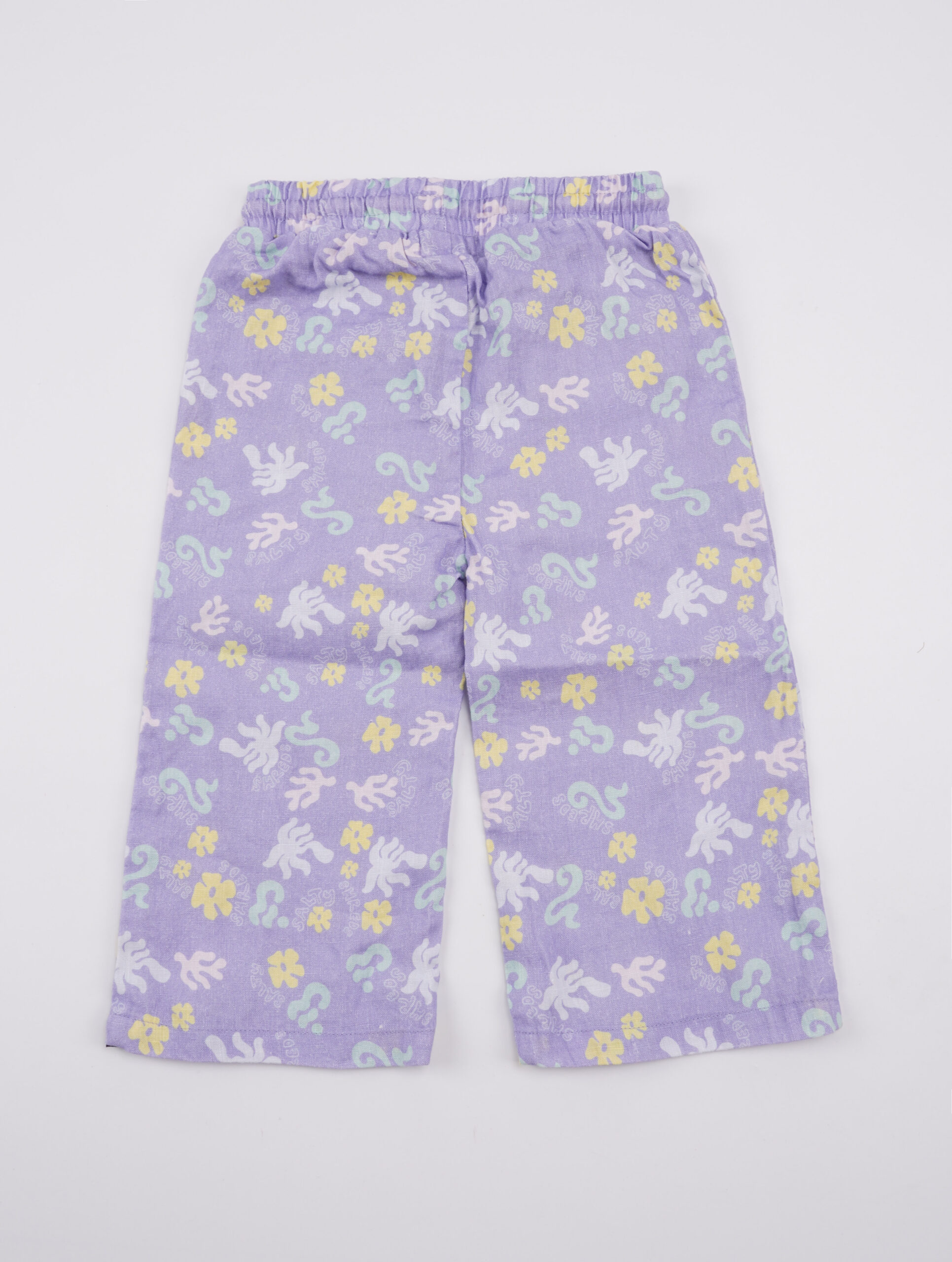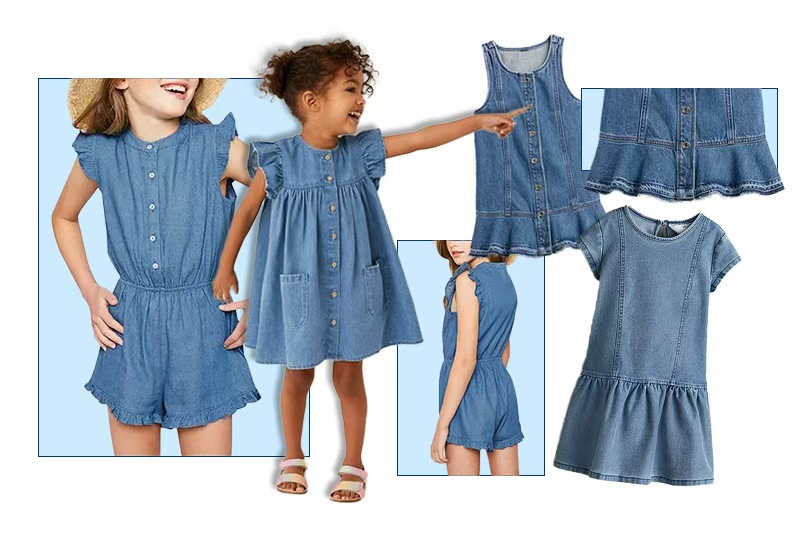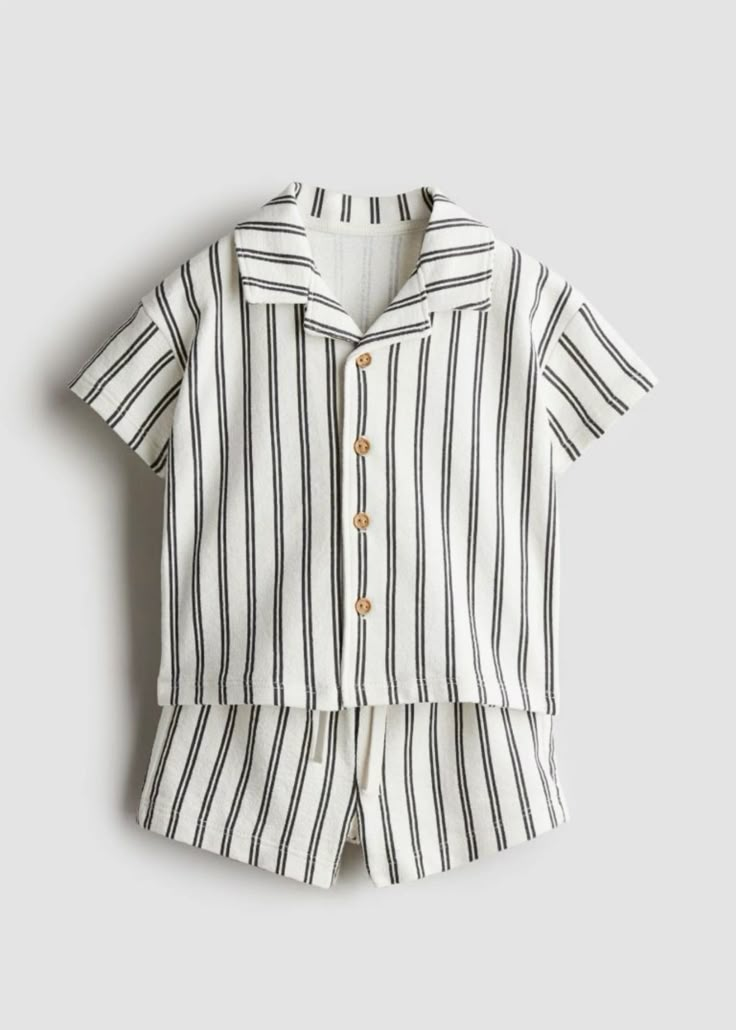Printing on linen for kidswear is a bit like parenting—it can be messy, surprising, and oddly rewarding when it all comes together. Linen’s texture adds charm, but also demands extra care. And when it’s for children? Well, you want comfort, safety, and print quality—all in one soft, breathable package.
Printing on linen for children’s clothing requires careful technique and the right ink to balance clarity, softness, and safety. Its natural slubs and absorbency can challenge print precision, but with proper pre-treatment, eco-friendly inks, and expert handling, linen becomes a wonderful canvas for playful, durable designs. Ideal methods include pigment printing, screen printing, and digital direct-to-fabric, depending on the desired effect and production scale.
Let’s roll up our sleeves and explore what it really takes to print beautifully (and safely) on linen for kids.
What makes linen a challenging yet rewarding fabric to print on for kidswear?
Linen has personality. It wrinkles. It breathes. And when you print on it—especially for children's garments—it pushes you to work with its natural quirks, not against them.
Linen is challenging because of its rough texture and absorbency, but it's rewarding due to its durability, eco-friendliness, and soft feel after washing. For kidswear, it offers a breathable, hypoallergenic base that pairs beautifully with gentle, playful prints when handled correctly.
Which printing techniques are most suitable for linen used in children’s clothing?
Not all printing methods love linen equally. Some soak in too much. Others sit awkwardly on the surface.
The best printing techniques for linen in kidswear are pigment printing, rotary or flatbed screen printing, and digital direct-to-fabric printing. Each method balances fabric penetration with color clarity and softness, crucial for making prints both durable and child-friendly.
Let’s go deeper: what actually works?
When I worked with a small brand designing linen rompers for toddlers, they started with traditional screen printing and noticed the prints faded fast. But after testing digital pigment printing with soft pretreatment? The designs popped and lasted through dozens of washes. Lesson learned.
Here’s a quick comparison of popular printing methods for linen:
| Printing Method | Pros | Considerations |
|---|---|---|
| Pigment Printing | Eco-friendly inks, good surface color | May fade over time without pre/post treatment |
| Screen Printing | Great for bold, simple prints | Not ideal for high-detail designs |
| Digital Printing | High-resolution, great for multicolor prints | Needs pretreated linen for colorfastness |
| Block Printing | Artistic, handmade look | Labor-intensive and hard to scale |
Digital pigment printing, especially when done with GOTS-certified inks, is becoming a go-to for eco-conscious brands. It’s safer for kids, less wasteful, and compatible with linen’s thirsty nature—if the fabric is prepped well.
How does linen’s natural texture affect the clarity of printed patterns?
Linen isn’t smooth like cotton jersey. It has a lived-in feel—with bumps and slubs that add charm, but also interfere with crisp edges.
Linen’s uneven surface and absorbent fibers can reduce print sharpness, especially for detailed designs, unless pretreated or printed using precise methods. High-detail illustrations may lose clarity, while bold, playful graphics hold up better.
Are eco-friendly, non-toxic inks safe and effective for printing on kids’ linen garments?
Parents are more ingredient-savvy than ever—especially when it comes to what touches their kids’ skin.
Yes, eco-friendly, water-based inks like GOTS- or OEKO-TEX®-certified pigment inks are safe and effective for printing on linen for children’s clothing. They maintain breathability, reduce chemical exposure, and work well when paired with the right curing and fabric prep processes.
How can pre-washing and fabric treatment improve print results on linen?
Ever tried printing on unwashed linen? It’s like painting on a sponge. The ink spreads, the colors dull, and shrinkage ruins sizing later.
Pre-washing removes natural oils and pre-shrinks the fabric, while fabric treatments like cationic pretreatment or softeners help ink adhere better and stay vibrant. These steps are crucial to achieving clean, durable prints that won’t wash out.
Do printed linen garments maintain their softness and breathability after printing?
Kids need comfort. Scratchy fabric? Immediate rejection.
When done correctly, printed linen retains its signature softness and breathability, especially if water-based inks and gentle curing methods are used. Harsh plastisol or thick layers of ink can affect handfeel, so the key is lightweight, well-bonded pigment inks.
How does digital printing compare to screen printing on linen for kids?
If you want lots of colors, personalized prints, or short runs, digital printing shines. But for bold basics in bulk? Screen still wins.
Digital printing offers greater design flexibility, color range, and efficiency for short runs, while screen printing is cost-effective for simple, high-volume designs. Both need linen pretreatment, but digital handles fine detail better.
Can printed linen designs withstand frequent washing and active play?
Kids wear things hard. Dirt, drool, playgrounds—your prints need to endure it all.
Yes, if the fabric is properly pretreated and printed with quality pigment or reactive inks, linen prints can withstand frequent washing and rough use. Gentle detergents and air-drying can help extend print life even further.
How does Taian Lianchuang Textile Co., Ltd. support customers in choosing the right printing method to use linen fabrics for children's clothing?
We’ve helped countless kidswear brands navigate the printing process—from their first sketch to bulk production. And linen? We know its moods well.
At Taian Lianchuang Textile Co., Ltd., we guide our customers through the fabric prep, ink selection, and printing technique that best suits their linen garment—balancing comfort, safety, cost, and aesthetics. We test across samples, offer eco-ink options, and help ensure the result works for real kids (and real parents).
Conclusion
Printing on linen for kidswear isn’t always easy—but it’s worth it. When done with care, the result is soft, safe, and beautiful. The kind of clothes kids want to wear—and parents want to buy again.



